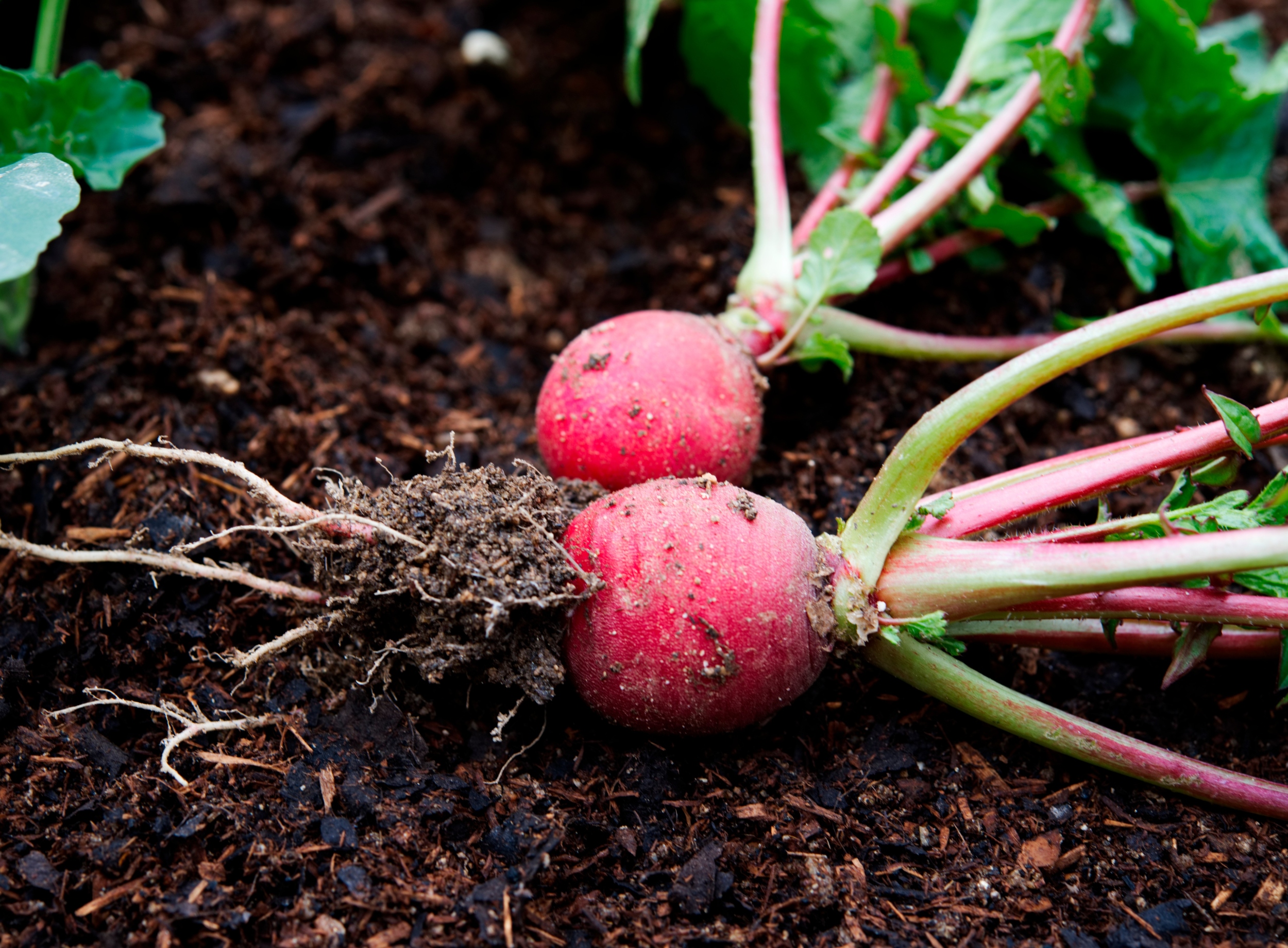A
What happened
A recent study conducted by the University of Plymouth has found that nanoplastics can penetrate the tissues of vegetables, specifically using radishes as a model. The research demonstrated that nearly 5% of polystyrene nanoparticles absorbed by the plants moved into the edible parts, raising concerns about food safety and human health. This marks the first evidence that such tiny plastic particles can bypass the Casparian strip, a natural barrier in plant roots. The implications are significant, as these particles could enter the food chain through both plant-based and seafood diets. The study emphasizes the interconnectedness of the food chain and the potential for nanoplastics to accumulate in livestock and ultimately humans. With plastic pollution on the rise, further research is needed to understand the varying absorption levels in different crops and the associated health risks.
★
Key insights
-
1
Nanoplastics in Food
Study shows nanoplastics can infiltrate edible vegetable tissues.
-
2
Food Safety Concerns
Research raises alarms about the safety of consuming contaminated crops.
-
3
Interconnected Food Chain
Nanoplastics may affect livestock and human health through dietary routes.
Takeaways
The findings underscore the urgent need to address plastic pollution's impact on food safety and human health.

